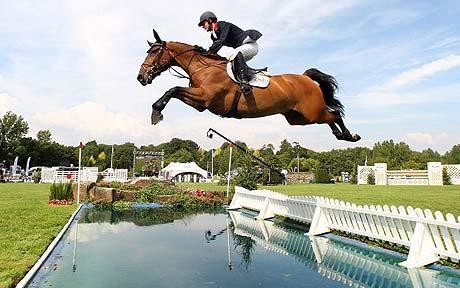
The effect of rider experience on jumping kinematics.
Jumping is a popular activity among riders of all levels. This article aims to investigate the effect of the rider’s experience on the stride kinematics of experienced jumping horses. Previous research on the flat showed that horses produced more consistent movements with experienced riders.
An experienced rider and a competent but less experienced rider jumped ten horses over a 1.05 meter jump. Video analysis of three trials per rider were analysed to assess the movement of the horse going over the jump. Four aspects were analysed, namely the horizontal velocity of the last approaching stride, the stride length of the last approaching stride, distance of the leading hind limb to the fence at take-off, and distance from the fence to the trailing fore limb at landing.
The results show that although the horses ridden by the experienced rider had a slightly faster velocity and a longer stride length during the approach. The horses took off and landed further from the fence than the horses ridden by the novice rider. No significant differences were found between the riders for any of the measured variables. These results could oppose the general meaning of riders and trainers where rider influence is crucial. However this could be because of the level of training of the horses, the fact that some horses were jumping submaximally as the fence was not very high, and that testing only one rider is not necessarily conclusive.
Expert opinion by Els Smet
Since the results are different and contradictory from what is commonly found by riders and trainers, more research is necessary to investigate the effect of rider experience on jumping horses.
> From: Powers et al., ECEP 2 (2005) 263-267. All rights reserved to Research Gate. Click here for the online summary.


